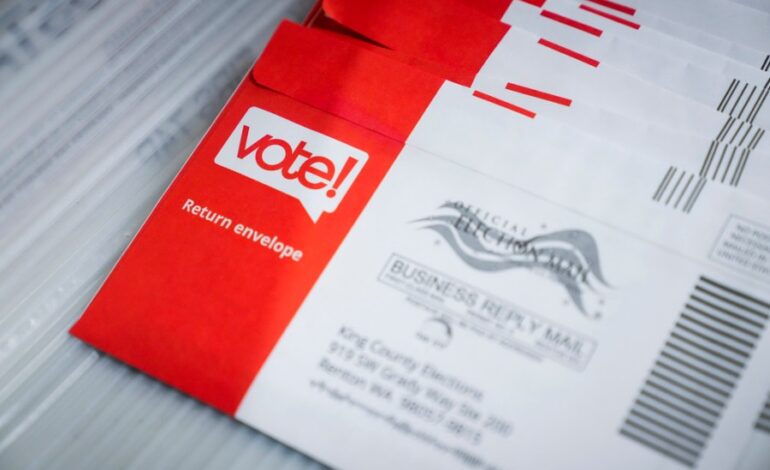Mail-In Voting Boosts Participation, Strengthens Democracy

The discussion surrounding mail-in voting has intensified as more states adopt this method, with proponents arguing that it enhances voter participation rather than undermining democratic processes. Recent data indicates that states mailing ballots to every registered voter have experienced significantly higher voter turnout, suggesting that this approach could address concerns about civic engagement in the United States.
Growing Support for Mail Ballots
Mail ballots have emerged as a secure and effective option for voters across the political spectrum. According to a study by the U.S. Election Assistance Commission, states that implemented universal mail-in voting saw participation rates increase by up to 30% compared to those using traditional voting methods. This trend highlights how accessible voting can transform the electoral landscape, encouraging individuals who may have otherwise abstained from voting.
The bipartisan appeal of mail ballots further emphasizes their potential as a viable voting method. Election officials from both major parties have endorsed this practice, recognizing its role in fostering greater electoral engagement. California and Oregon are notable examples of states that have successfully utilized mail-in voting, reporting consistent increases in turnout during both primary and general elections.
Addressing Concerns and Misconceptions
Critics of mail-in voting often express concerns about security and potential fraud. However, numerous studies have shown that mail-in ballots have not been associated with significant fraud. A report by the National Association of Secretaries of State found that mail-in voting has a fraud rate of approximately 0.00006%. This data underscores the reliability of mail ballots as a legitimate voting method.
As discussions about democracy and participation continue, it is essential to recognize that increasing access to voting—through methods like mail-in ballots—can reinvigorate the democratic process. By removing barriers to voting, states can engage more citizens in the electoral process, transforming democracy from a passive experience into an active one.
In conclusion, mail ballots represent not just a method of casting votes, but an invitation to participate in democracy. As more states consider adopting universal mail-in voting, the potential for enhanced civic engagement becomes increasingly clear. The success of this approach in various states serves as a compelling argument for its wider implementation across the United States.






